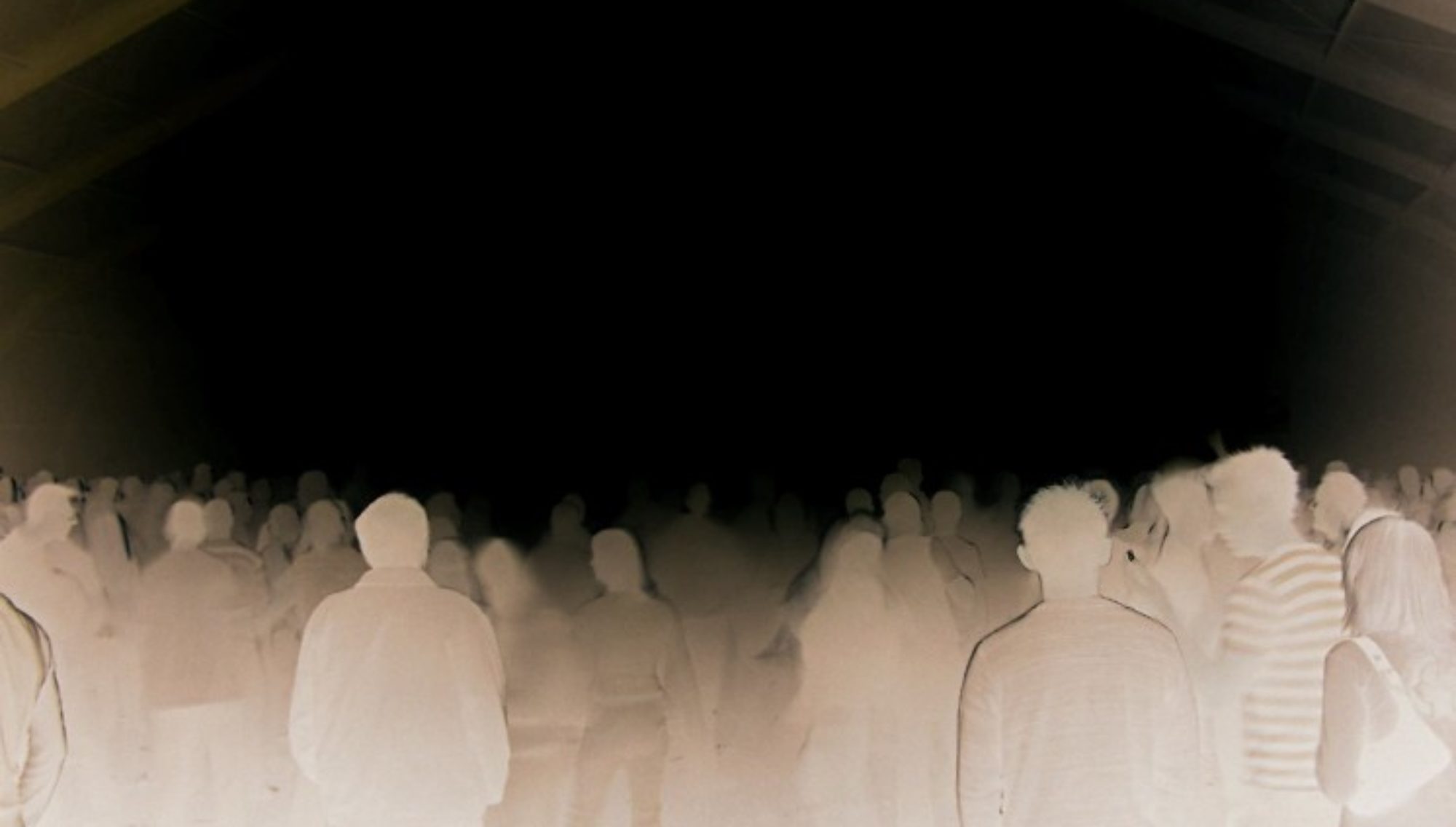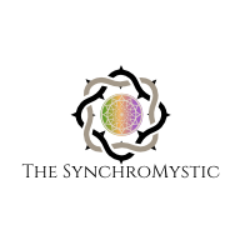Michael A. Hoffman is as controversial a contemporary researcher and writer as one can find. But with around eight diverse and original titles to his credit, he is an imaginative and intriguing thinker.
Often tackling religious topics, he has authored several books that are concerned with Roman Catholicism. One such offering, hot off the press (May, 2017) is The Occult Renaissance Church of Rome. Historically, the Renaissance and the Reformation (and pre-Reformation) are connected. Hoffman excavates some of the history, with an emphasis upon how neo-platonic and occultic sub-currents within the Catholic Church converged to create a stream that is arguably diabolical.
So-called “Traditionalists,” or “Trads” (among others), will also find much of interest in the 2013 Usury in Christendom. As the subtitle (“The Mortal Sin* That Was and Now Is Not”) makes clear, this volume takes the Church to task concerning its changing teaching on lending money at interest. (For other offbeat Catholic writers, see Michael Davies, Solange Hertz, E. Michael Jones, and Robert Sungenis.)
(* In Catholic parlance, a “mortal sin” is held to be “a grave offense against God’s law, which brings spiritual death to the soul by depriving it of its supernatural life, sanctifying grace.”)
Hoffman has also penned a provocative, 1,100-page tome on Judaism: Judaism Discovered. This 2008 work delves into such mystically charged topics as goddess cults, moon worship, and sex magic -all within Judaism. For a more accessible introduction to these (and other) subjects, see Judaism’s Strange Gods which, in its 2011 edition, is a condensed version of the longer treatise. (Book collectors, take note: The original, 2000 edition of Judaism’s Strange Gods may eventually be prized as a rare find. Other writers in this genre include Johannes Alzog, Joseph Barclay, Isidore Bertrand, Johannes Buxtorf, Luigi Chiarini, Gustaf Dalman, Johann Eisenmenger, Theodor Keim, Heinrich Laible, Martin Luther, Raymond Martini, Alexander McCaul, Bernhard Pick, Peter Schaefer, and Johann Wagenseil.)
Whereas, Peter Levenda and Christopher Knowles appear generally left-leaning, socially, Hoffman is (on many issues), plausibly fairly classified as a staunch rightist. (Loren Coleman, whatever his personal sympathies, seems to try to stay politically neutral and uninvolved. )
Nevertheless, in contradistinction to many self-professed “conservatives,” Mr. Hoffman sides with Israeli critics such as Uri Avnery, Noam Chomsky, Norman Finkelstein, Paul Findley, J. William Fulbright, Philip Giraldi, Baruch Kimmerling, Alfred Lilienthal, Victor Marchetti, Ray McGovern, John Mearsheimer, Victor Ostrovsky, James Petras, Israel Shahak, Israel Shamir, Yoav Shamir, Stephen Walt, Alison Weir, Philip Weiss, and others. His middle-eastern investigations issued in a condemnation of what he termed Israeli “war crimes and atrocities.” His The Israeli Holocaust Against the Palestinians was co-written with one Moshe Lieberman and was published in 2003.
An earlier effort, They Were White and They Were Slaves (1991-1992), was recently magnified in importance when its titular thesis was roundly denied by various media outlets, including the Huffington Post, the New York Times, and Slate.
For purposes of this weblog, Hoffman’s principal book of interest is his Secret Societies and Psychological Warfare. Originally released in 1989, it was subsequently reissued in a substantially updated edition in 2001 – just prior to the terrorist attacks of September 11.
In this publication, which in some circles has achieved a kind of cult-classic status, Hoffman discloses arcane notions such as the occultic roots of modern Catholicism and Protestantism, “serial murder” as a species of psychological warfare, electronic methods of “programming” people both individually and collectively, and much else besides. Along the way, he discusses Alchemy, Freemasonry, and Satanism.
As one of James Shelby Downard‘s two main protégés, Hoffman also expends considerable effort expanding upon Downard’s penetrating conception of “mystical toponomy” (that is, the SynchroMystic aspect of place names). However, he also explicates his own thoughts concerning an ancient and little-understood argot called “Twilight Language.”
Loren Coleman‘s readers will already be well-familiar with this latter term, since Coleman co-opted it as the title of his weblog. In Coleman’s lexicon, it seems to be a “catch-all” for any “name game” or SynchroMystical connection – whether mystical-toponomical, numerological, or what have you.
Hoffman writes: “There is a dark poetry to ritual murder, to twilight language, to the fantastic convergences known as coincidence [i.e., synchronicity]. Most ‘conspiracy researchers’ miss these. The best investigator – of the occult or of almost anything else – has a childlike sense of curiosity and wonder about the seemingly mundane things.”
In a footnote, he adds: “In the secret societies, ‘twilight language,’ was advertised as the ‘Adamic language,’ the language Adam learned from God in Eden, ‘the key to divine knowledge.'”

